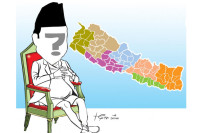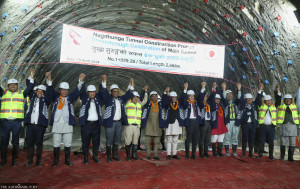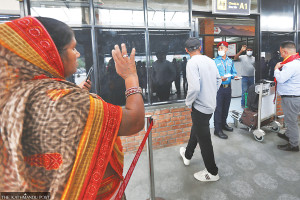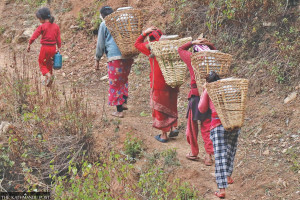 17.16°C Kathmandu
17.16°C KathmanduEditorial
Degree in midwifery
It’s a key step, but it should be accompanied by proper incentive mechanisms
More than a decade after the introduction of a midwifery policy, the government finally launched a Bachelor’s level programme in midwifery two weeks ago. The government had adopted the midwifery policy in 2006 with an aim to reduce the country’s maternal and child mortality rates.
The United Nations Population Fund (UNFPA) has rightly hailed the launch of the programme as an important milestone in improving maternal and newborn health in Nepal. It has claimed that together with a recruitment, deployment and retention plan, well-trained midwives could help avert approximately two thirds of all maternal and newborn deaths and deliver up to 87 percent of all essential sexual, reproductive, maternal and newborn health services.
Nepal has made significant progress in reducing mortality rate from 901 per 100,000 live births in 1990 to 258 in 2015, according to the Maternal Mortality Estimation Inter-Agency Group comprising the WHO, Unicef, UNFPA and the World Bank. But there is no room for complacency at all, since many women, mostly in rural Nepal, continue to die while giving birth.
According to the Nepal Demographic Health Survey 2011, only 44 percent of women receive antenatal care from skilled birth attendants (SBAs)—either doctors or nurses. Similarly, only 29 percent of pregnant women make antenatal care visits during their pregnancy; less than 19 percent of births take place with the assistance of SBAs in a health facility and 81 percent of births take place at home.
The process of delivering a baby is sensitive—one that carries the risk of something going fatally wrong even with a small complication. This is especially acute in remote areas of Nepal where women have no choice but to give birth at home. For first-time mothers in particular, assessing the risk in delivery is harder. Qualified midwives could be extremely instrumental in ensuring a safe birth as well as in enhancing antenatal and postnatal care.
Although many women provide valuable midwifery services in rural areas, the country lacks midwives who meet rigorous medical standards. As such, the launch of a formal educational programme to produce well-trained midwives is an important step in improving obstetric services in Nepal. But it needs to be followed up by the right incentive mechanism so as to ensure the newly produced staff will indeed serve the population most in need of the midwifery service.














.jpg&w=300&height=200)



